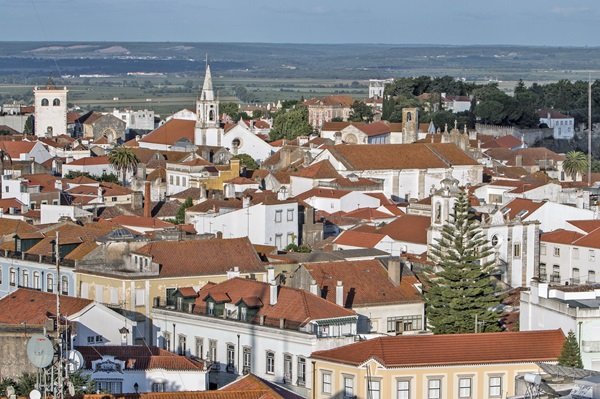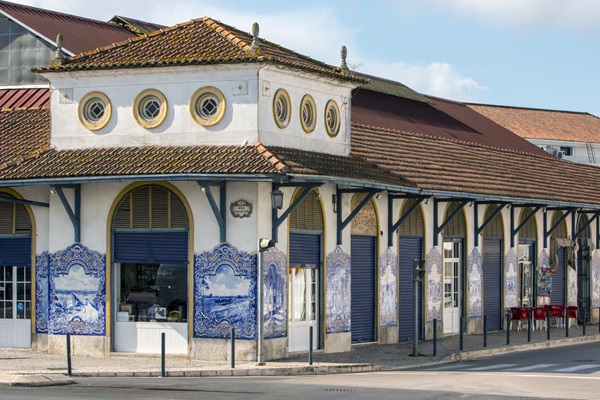Just a short 50-minute journey north from Lisbon lies the picturesque city of Santarém, a hidden gem waiting to be discovered by travelers seeking authentic charm. Despite its proximity to the bustling capital, Santarém remains untouched by mass tourism, offering visitors a serene escape with fair prices, no crowds, and convenient transportation options. and, the cost for dining and lodging are much lower for the visitor - with very affordable rail service to Lisbon every 30 minutes.
Set atop a hill, Santarém boasts stunning panoramic views of the surrounding Tejo River and the lush river valley. One must-visit spot is the Jardim Portas do Sol, a tranquil medieval walled park offering expansive vistas that showcase the natural beauty of the river valley. And this is the capital of the Ribatejo.
Santarém's history is found in its grand Gothic architecture, earning it the title of the capital of Gothic in Portugal. The Convento de São Francisco, a 13th-century Franciscan monastery, welcomes visitors with its exquisite cloister and thought-provoking temporary exhibitions.
For a glimpse into the city's religious heritage, explore the Igreja da Santa Maria Graça, an early 15th-century church housing the tombs of notable figures such as Pedro Alvares Cabral, the explorer credited with discovering Brazil. The Gothic splendor of this church, with its ornate rose window and historical significance, makes it a must-see attraction.
Venture into Santarém's historic center to uncover architectural marvels, including the São João do Alporão Church, home to the Art and Archeology Museum, and the Nossa Senhora da Graça Church, adorned with flamboyant Gothic details.
As you explore the cobblestone streets of old Santarém, you'll encounter other landmarks like the Eugénio Silva Palace, now home to the Municipal Council, and the iconic Cathedral at Sá da Bandeira Square, a Portuguese national monument that stands as a testament to the city's rich heritage.
The roots of Santarém run deep, tracing back to its Roman origins when it was known as Scalabis. Under Roman rule, Santarém flourished, becoming one of the most important cities in Lusitania.
In the 8th century, Arab domination ushered in another era for Santarém, strengthening its strategic and military significance. The city's name evolved to Chanterein. That ended in 1147, D. Afonso Henriques, Portugal's 1st king, took Santarém, marking a pivotal moment in the Reconquest.
Then, Santarém became a favored destination for Portuguese monarchs. During the Middle Ages, the city thrived as a hub of trade and nobility, experiencing a golden age of social and prosperity.
Each June, the National Agricultural Fair takes center stage, offering a look into the region's agricultural prowess and hosting a cattle market. For those who love horses, this is an event not to be missed.
Then in October, Santarém hosts the annual National Gastronomy Festival, a culinary extravaganza celebrating Portugal's culinary heritage. Indulge in local delicacies and the best of Portuguese cuisine.
Throughout these events, visitors are treated to captivating displays of handicrafts, folklore, and traditional dances. Don't miss the opportunity to witness the spirited Fandango, a traditional dance symbolizing the unique skills of the cowherds who roam the nearby meadows.
In Santarém, every corner reveals a piece of history, a glimpse into the past that resonates with the spirit of Portugal's cultural heritage. So, next time you're thinking of Lisbon, make a base to Santarém and relax and save.




